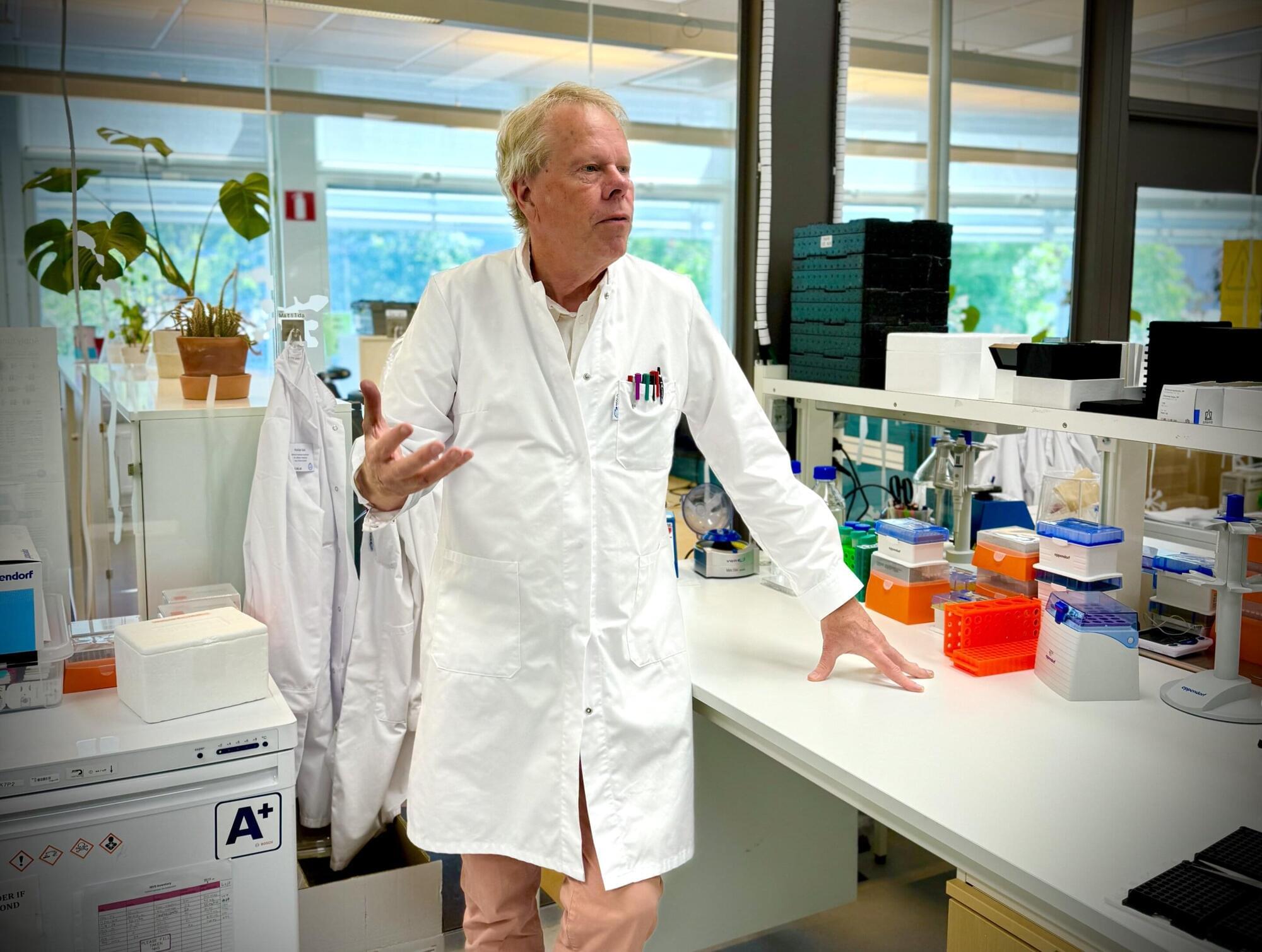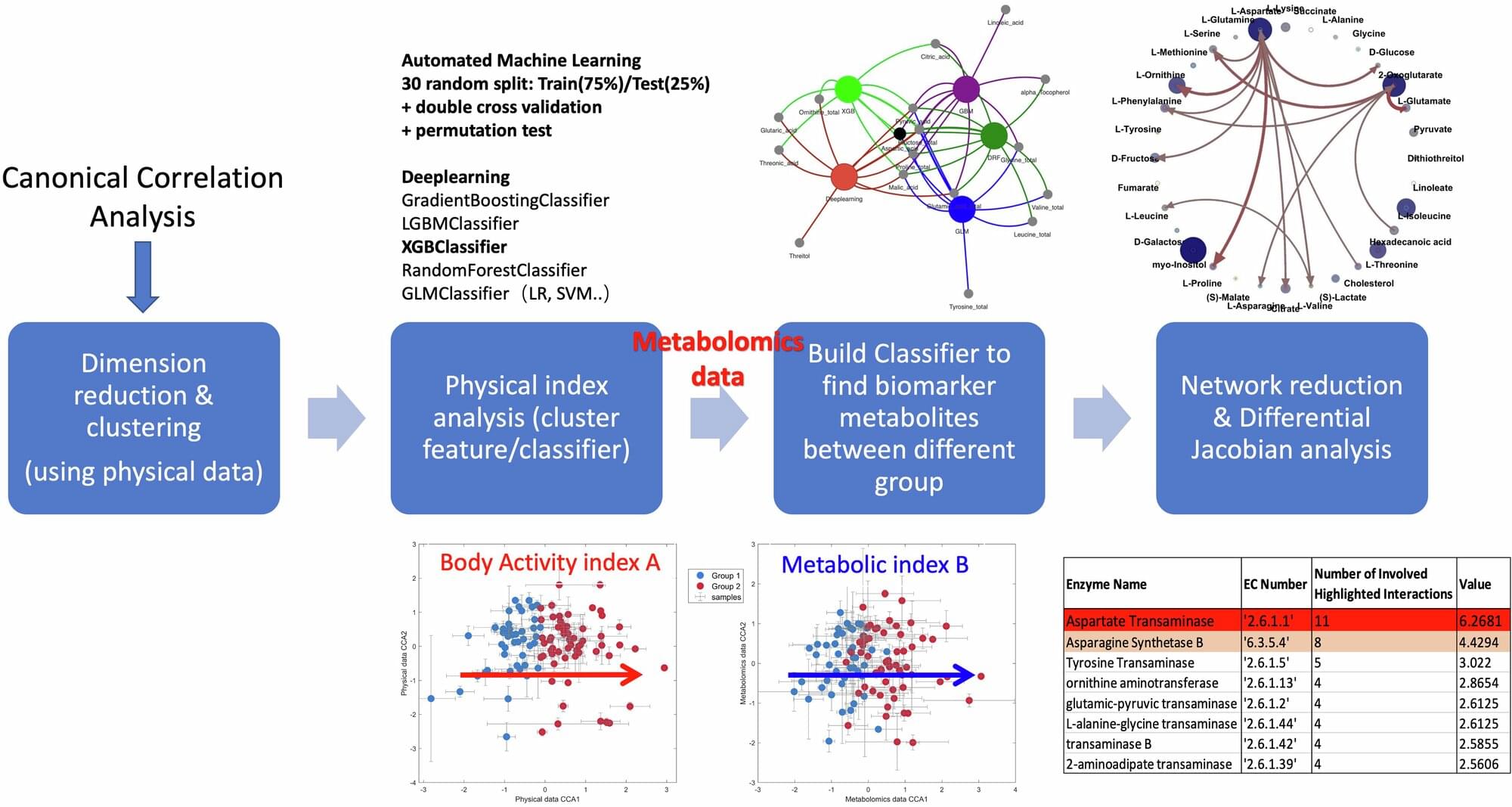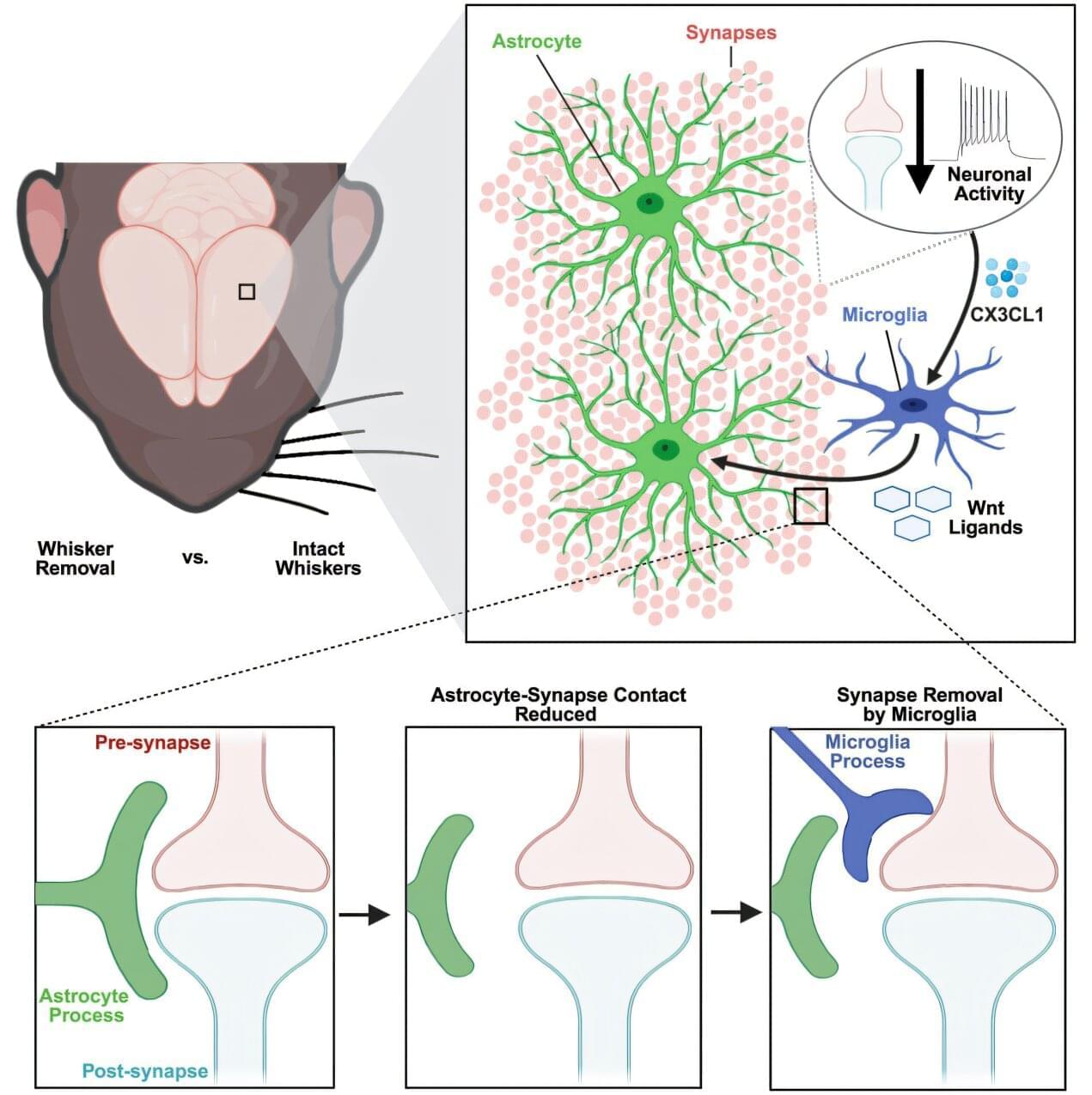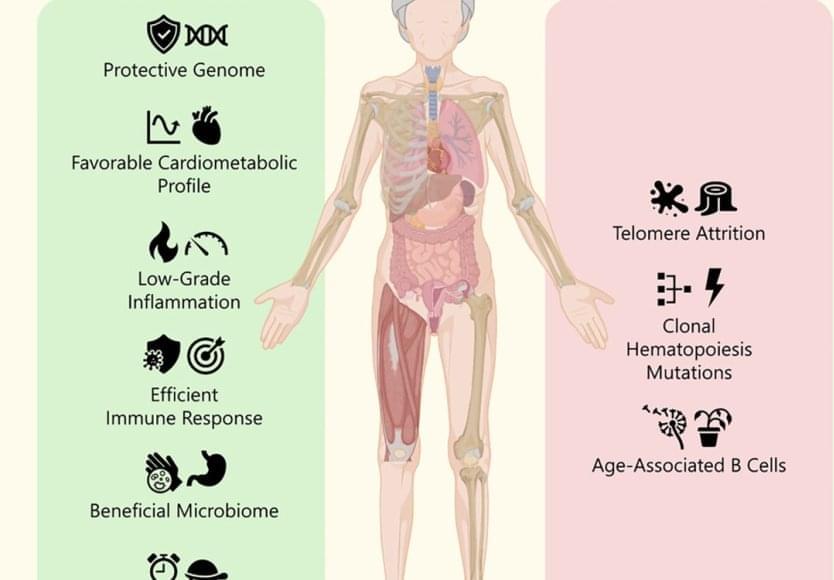A new study has mapped the distinct molecular “fingerprints” that 59 diseases leave in an individual’s blood protein, which could enable blood tests to discern troubling signs from those that are more common.
As now published in Science, an international team of researchers mapped how thousands of proteins in human blood shift as a result of aging and serious diseases, such as cancer and cardiovascular and autoimmune diseases.
The Human Disease Blood Atlas also reveals that each individual’s blood profile has a unique molecular fingerprint, which changes through childhood and stabilizes in adulthood. This provides a baseline for comparison that health care providers could one day use to flag early deviations.









